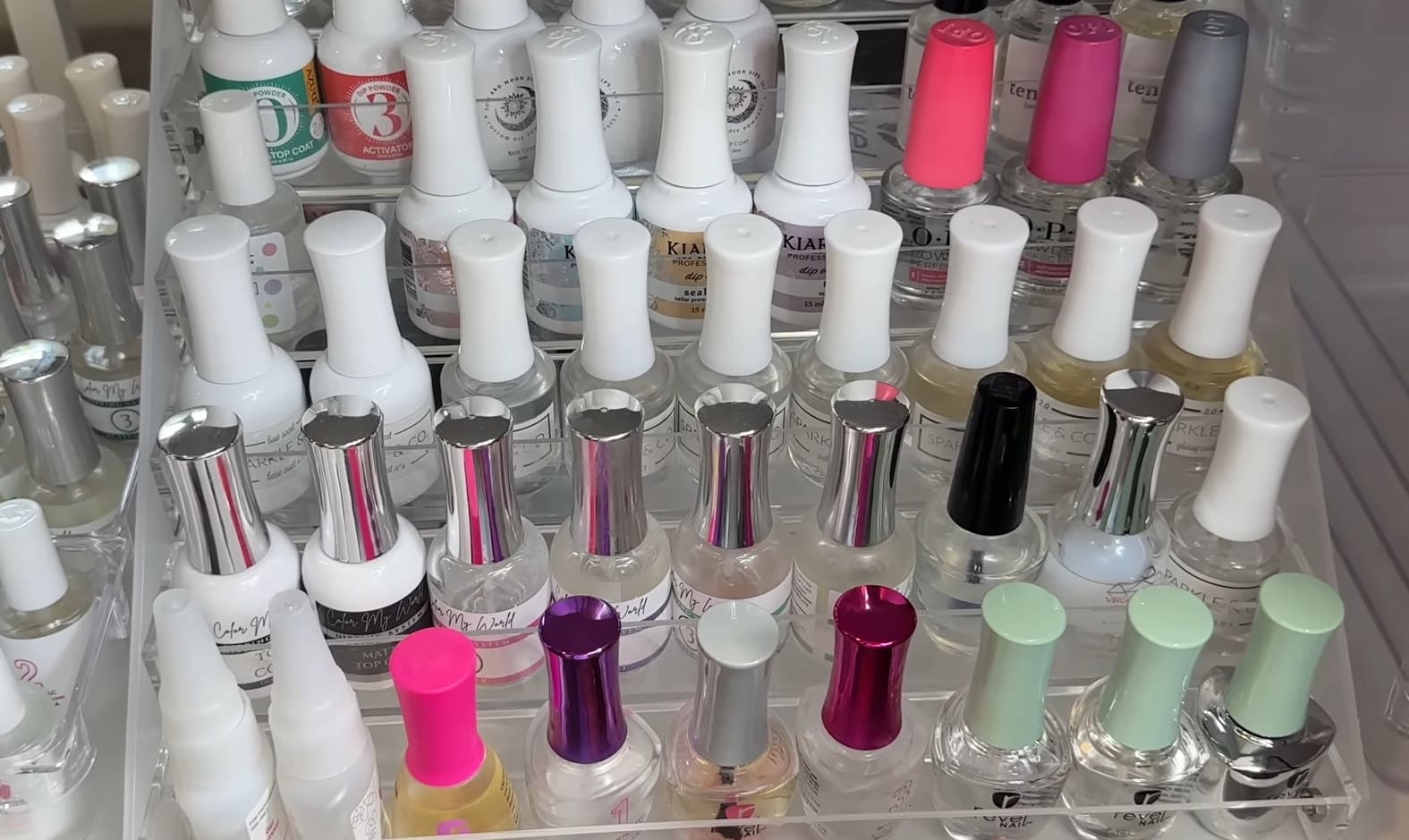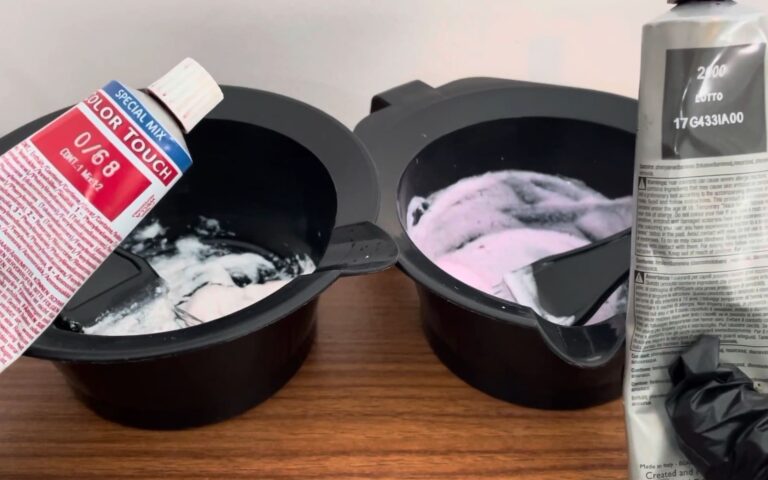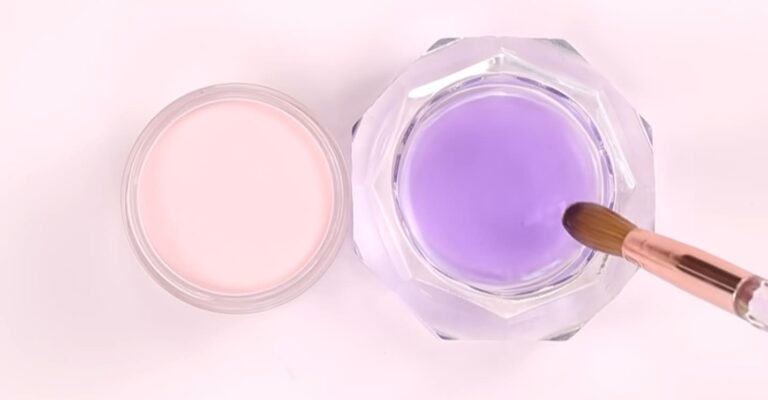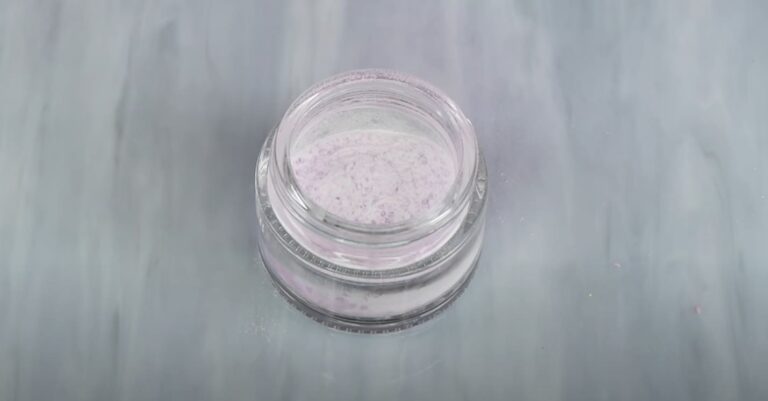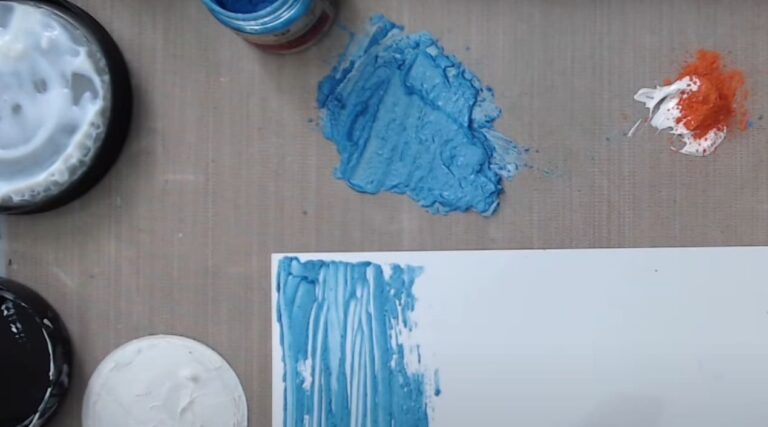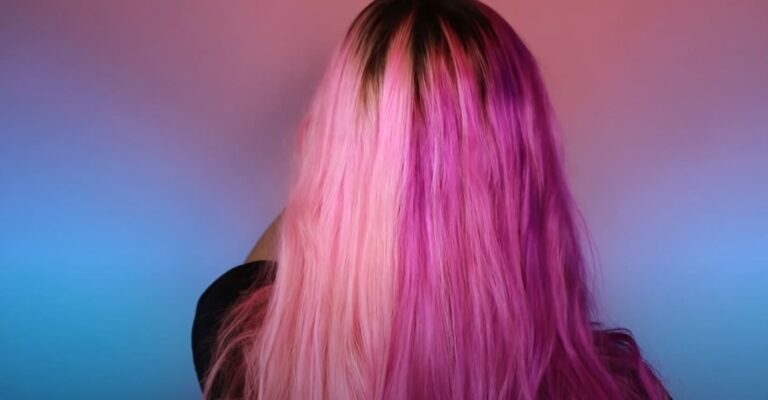Can You Mix Dip Powder Brands?
With the rising popularity of dip powder manicures, the question of whether you can mix brands has become a hot topic. Dip powders come in various colors and finishes from multiple brands, tempting nail art lovers to get creative and blend shades. But is this safe for your nails? Can the chemistry of different brands work together seamlessly, or will it end in a gritty, peeling disaster? There are differing schools of thought, with some experts giving an enthusiastic yes while others urge caution. In this article, we’ll explore the chemistry behind dip powders, look at the risks and benefits of cross-brand mixing, and provide tips to make your manicure magic whether you blend or not. So grab your glitter, and let’s dip in!
Quick Glance Highlights
When it comes to dipping powder manicures, many nail enthusiasts wonder if they can mix brands for more color options. The short answer is yes, you can safely combine dip powders from different brands. While formulas vary between brands, most dip powders have a similar chemistry: resin, hardener, and pigment. As long as you use the same ratio of liquids to powders, layer thinly, and properly prep and seal the nails, blending brands should not compromise the integrity or longevity of the manicure. Feel free to get creative and customize your color palette by mixing dip brands. Just be sure to follow proper application techniques for a long-lasting manicure.
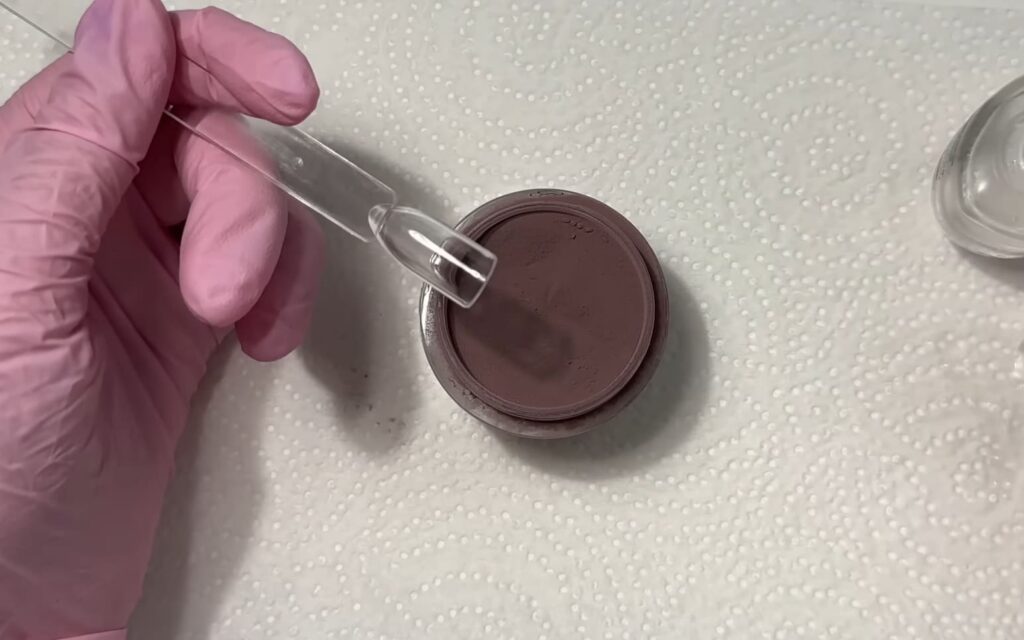
What Are Dip Powder Nails?
Dip powder nails are a system of applying layers of fine powder on natural nails using a liquid adhesive. The powders are made of a blend of polymers, minerals, and pigments that harden when activated by the liquid. Multiple thin layers are built to create a durable, long-lasting nail coating that can be sculpted into various shapes.
After thoroughly prepping and priming the natural nails, the process involves dipping each nail into the colored powders and brushing on the adhesive agent between dips. Each layer of powder adheres and hardens instantly. The entire hand is shaped and smoothed, followed by an optional top coat.
How Are Dip Powder Nails Applied?
Here is an overview of the basic application process:
- Natural nails are filed and prepped with gentle buffing to remove shine and oils
- Nails are primed with either an etching primer or bond to help adhesion
- The base coat is applied as the first layer of protection
- Nails are dipped into the colored powder tub and twisted to distribute evenly
- A liquid activator or glue is brushed on the powder to harden it
- The dip, brush, dip, brush process is repeated until the desired thickness is achieved
- After curing, nails are shaped and smoothed
- The top coat is applied for extra shine and chip resistance
What Are Dip Powders Made Of?
Dip powder consists of three main ingredients:
- Polymer resin – Provides strength, flexibility and durability
- Hardening activator – Causes polymers to set and cure nearly instantly
- Pigments and minerals – Give powders their color, sheen and texture
Additional ingredients can include calcium, vitamin E, and silk proteins to nourish nails. Depending on particle size, the powders may have a smooth, glittery, or textured finish.
Differences From Acrylic and Gel Nails
Dip powders have some notable advantages over acrylics or gels:
- Less filing and damage to natural nails
- Odorless application
- Quicker process than acrylics
- More durable than gels
Acrylics use a liquid monomer and polymer powder. They require more shaping and filing of natural nails.
Gel polish is applied as a thick, viscous pigmented gel that is cured under UV or LED light. Gels don’t last as long as dip or acrylics.
Dip powders offer a nice in-between option – faster than acrylics but longer lasting than gels. They are thinner than acrylics and require less filing of natural nails. The adhesive cures each layer on its own without light, allowing quick build-up.
Dip powder nails offer a durable, long-lasting enhancement that protects natural nails. The adhesive curing system allows quick, customizable application with less drilling and damage. Dip into this trendy technique for beautiful nails that will turn heads!

Can You Mix Dip Powder Brands?
With the rising popularity of dip powder manicures, many nail enthusiasts wonder if they can mix brands to create custom colors. Let’s look at the potential risks and benefits of blending dip powders.
Mixing brands does come with some risks to consider:
- Incompatible chemistry between brands could inhibit proper curing and cause lifting or cracking when blended.
- Differences in texture and particle size may result in uneven, gritty layers.
- Overloading brushes and overlapping when mixing can lead to a thick, uneven application that doesn’t cure correctly.
However, there are also unique benefits to mixing brands:
- Blending allows you to create custom color combinations that no single brand offers pre-mixed.
- It’s an economical way to use up remains of powders rather than wasting leftovers.
- Layering textures from different brands like shimmers, glitters, mattes, and chromes can create multidimensional effects.
Blending dip powder brands does allow for unique color customization but also requires care to minimize risks. Test first, mix thoroughly, and use the proper technique for beautiful, long-lasting manicure magic.
Tips for Mixing Dip Powder Brands
Dip powder manicure lovers often wonder if they can mix brands to create custom color blends. While mixing is safe with proper technique, following these tips will help ensure flawless, long-lasting results.
Choose Complementary Shades
Pick shades in the same color family for the most seamless blending when mixing brands. For example, mix different brands of pink, nude, or red powders rather than radically different hues. Similar undertones will layer more evenly.
Test Compatibility First
Before mixing on a full manicure, do a patch test on one nail to check for proper curing, texture, and color blending. Mix a small amount of powders, apply to one nail, cure fully, then examine closely for any lifting, cracks, or uneven texture.
Mix Thoroughly Before Application
Pre-mix powders in a separate dish before applying them to nails. Use a toothpick or clean brush to stir and blend powders into a uniform mixture. This prevents streaky, uneven coloring on nails.
Follow Proper Ratios
Carefully follow each brand’s instructions for liquids-to-powder ratios as you mix. Applying too thickly or over-dipping when mixing brands can inhibit curing. Stick to thin, even layers.
Finish With a Smooth Top Coat
Seal the manicure with a glossy top coat to help blend any subtle texture or thickness issues between mixed powders. The top coat fills in ridges and smooths everything to an even finish.
With some smart strategies, you can successfully mix dip powder brands for custom, creative mani magic! Remember to test first, mix thoroughly, follow brand guidelines, and finish with a perfect top coat.
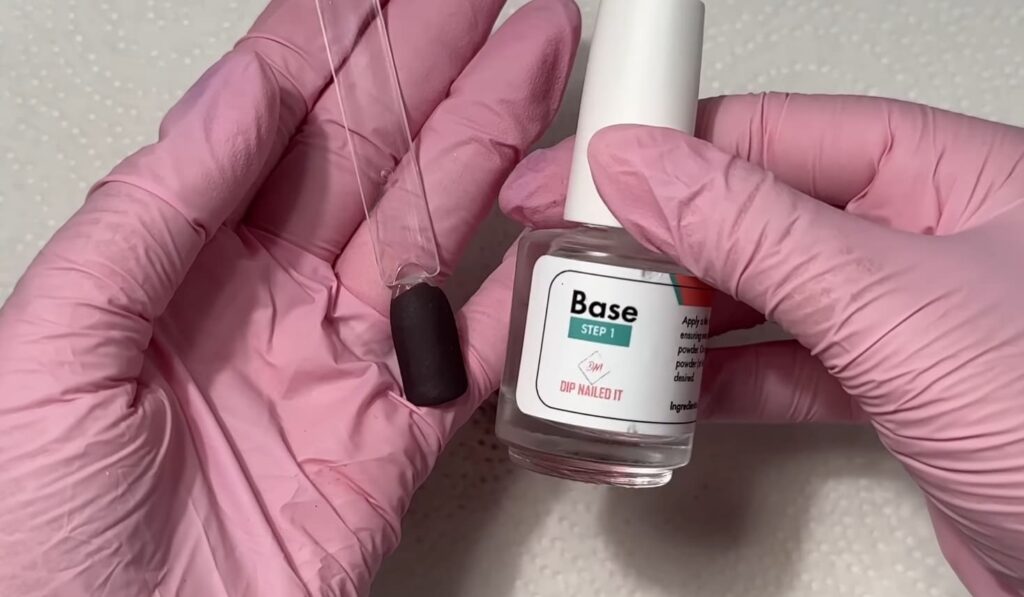
Alternatives to Mixing Dip Powder Brands
While mixing dip powder brands can create unique manicures, it’s not the only way to achieve beautiful nails. Here are some alternatives to blending brands.
Stick to One Brand
The simplest option is to use powders from just one brand. Single-brand manicures are foolproof and eliminate possible mixing risks like cracking or lifting. Many leading dip brands offer diverse color selections and finishes.
Choose a Brand With Extensive Options
Look for brands that offer large color ranges and finishes like glitter and chrome. Then, you can achieve varied looks without mixing. Kiara Sky, Revel, and SNS all have 100+ dip powder options to explore within their own line.
Try Dip Powder Overlays on Color
Rather than mixing powders, get creative with layering solid dips over nail polish for pops of color. After base polish dries, apply dip as normal, then finish with a glossy top coat to smooth. Provides long-lasting polish color with dip powder strength.
Explore Nail Art With One Brand
From ombré to marble, nail art is endlessly possible with just one dip brand. Play with gradients, prints, and textures by hand-painting with colored acrylic paints on a base dip powder layer.
Incorporate Embellishments
Rhinestones, foils, glitter strips, and decals layered over dip powder can create unique looks without mixing brands. Add some bling without worrying about blending formulas.
While mixing dip brands has its benefits, stunning manicures are possible using a single trusted brand and getting creative with nail art extras. Take the guesswork out of manicure magic!
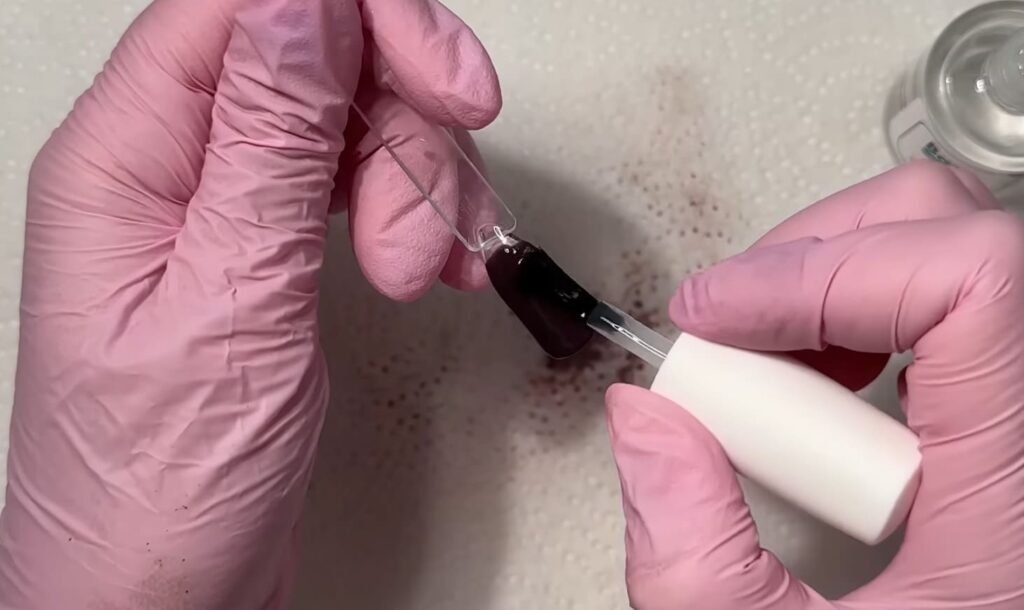
FAQ
Can I mix dip powder with acrylic or gel powders?
Mixing dip powder with other nail product chemistries like acrylic or gel powders is not recommended. Each process requires different ratios of liquids, powders, and curing methods that may not be compatible when blended. Use dip powder only with compatible dip liquids and activators for the best results. Using acrylic or gel products with dip powder could inhibit proper curing and cause lifting, cracking, or other damage.
What about mixing dip powders with regular nail polish?
While you can get creative with layering dip powders over nail polish or vice versa, they should not be blended. Regular nail polish’s chemistry is totally different from dip powder, requiring air drying versus UV/LED curing. Mixing the two will likely result in a gummy, tacky mess that never fully dries or cures properly. Instead, get creative by layering complementary dip powder shades over nail polish for fun effects after the polish dries fully.
Should I avoid mixing certain colors or finishes?
There are no hard rules against mixing certain colors or finishes. However, thick glitters or textured powders may layer less evenly over finer powders. When mixing dramatically different textures, apply the smoother base powder first, then add textured powders on top. Test first on one nail to ensure even layering and curing—similarly, layer lighter powders underneath darker ones to allow full coverage of the base shade. With proper technique, any colors and finishes can be mixed successfully.
What’s the benefit of mixing brands rather than buying pre-made color mixes?
Mixing allows for endless customization and unique color combinations. Pre-made mixes can be limiting, while mixing lets you hand-pick shades from any brand for one-of-a-kind manicures. Why settle for what’s available when you can create your own signature look? Once you get the hang of the application, the possibilities are endless for color mixing.
Should I avoid mixing budget-friendly or lower-quality brands?
Price or quality doesn’t necessarily indicate compatibility. However, higher-quality brands typically have more consistency in their formulas. Lower-quality dips may have more variance between colors, affecting layering and curing. But don’t write off drugstore dips entirely. Many budget brands mix well as long as you follow the proper technique. Focus more on ratios, thin application, and base prep than judging a powder by its price tag.
Related Video: Why I Don’t Use Dip Powder
Final Thoughts
In closing, the answer to whether you can mix dip powder brands is a resounding yes! While formulas vary slightly between brands, at their core, most dip powders contain similar ingredients that allow for intermixing. Blending brands opens up a world of custom color options for the creative nail enthusiast. As long as you maintain proper application techniques and ratios, mix powders thoroughly, and prep and seal the nails properly, combining brands should not affect the durability or longevity of your manicure. Dip into your favorite shades from different brands to create one-of-a-kind manicure masterpieces. Just be daring, have fun with it, and your nails will be turning heads in no time!

